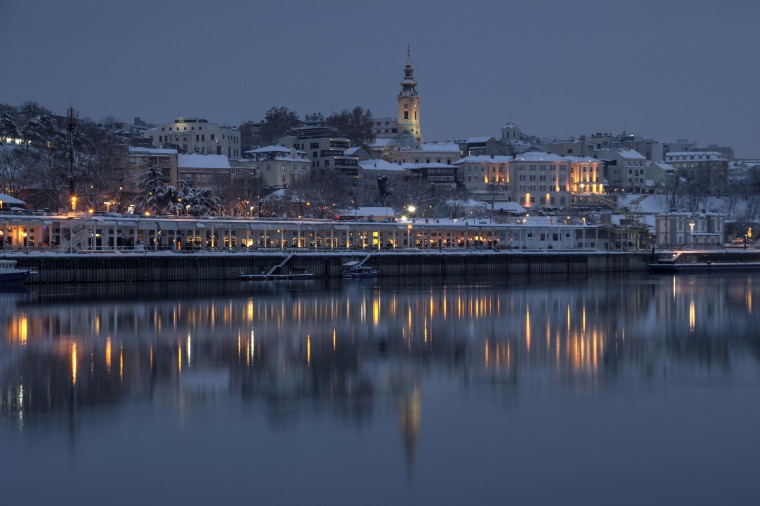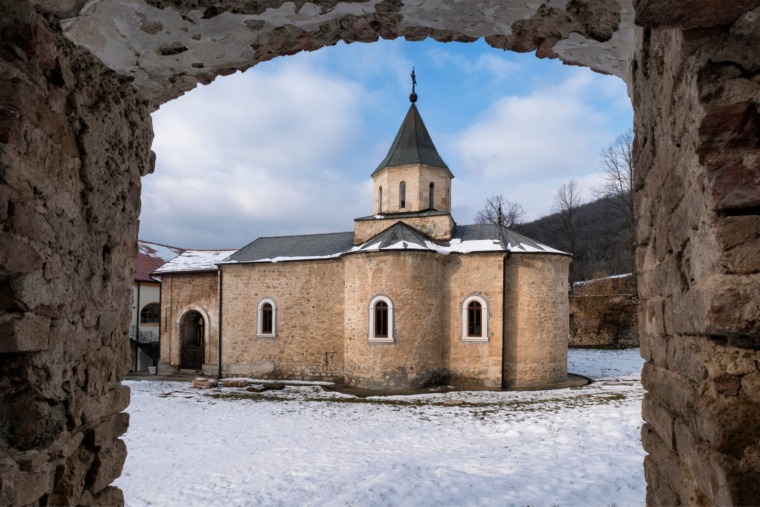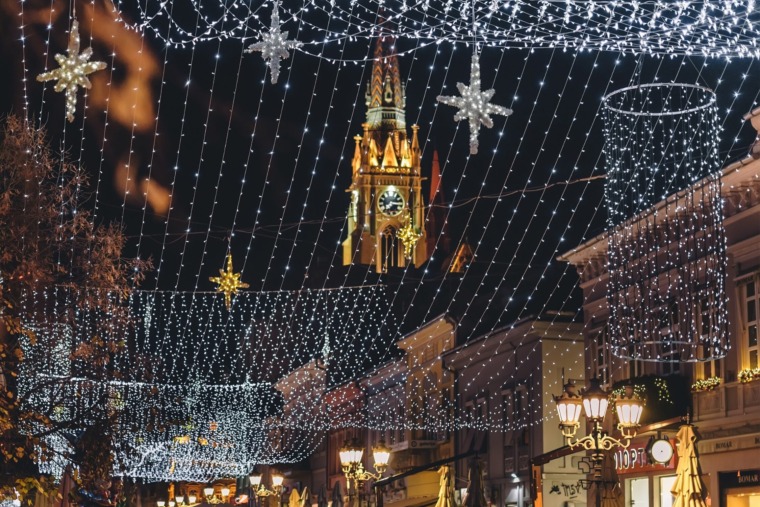
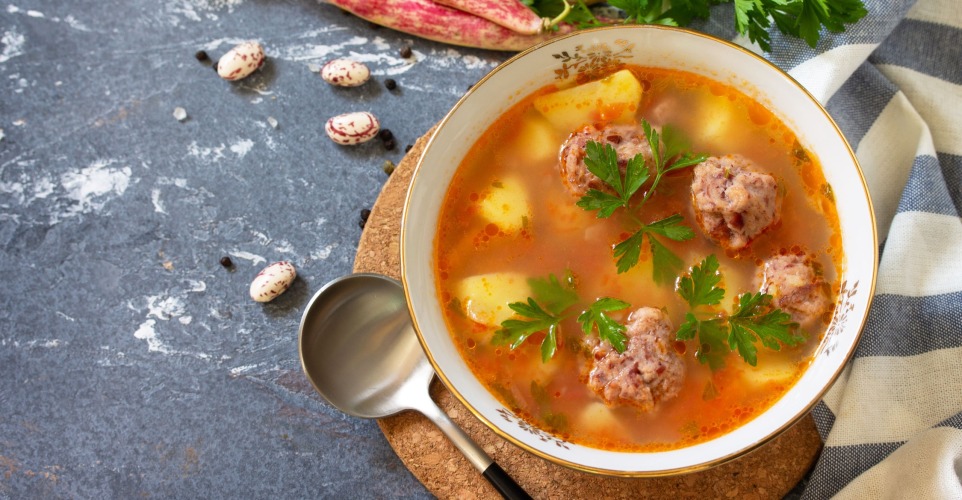
Vojvodina, a culturally diverse region in northern Serbia, has a cuisine that mirrors its rich history of coexistence between various ethnic groups, including Hungarians, Romanians, Slovaks, and Germans. The fusion of these cultures has resulted in a culinary tradition that is as varied as the people who live here. With its fertile land, rich agricultural heritage, and diverse cultural influences, Vojvodina’s gastronomy stands out as one of the most unique and flavorful in Serbia.
The province’s cuisine is characterized by hearty, meat-heavy dishes, particularly pork, which is a staple in everyday meals. Whether it’s slow-cooked in stews, roasted, or served on a skewer, meat dishes are the heart and soul of Vojvodina’s gastronomic tradition. Fresh, locally sourced ingredients and a love for preserving traditional flavors make Vojvodina’s food a true reflection of its history and people.
Let’s explore some of the most iconic dishes and food traditions that define Vojvodina’s authentic culinary identity.
Svečarska Supa (Festive Soup)
In Vojvodina, soup is not just a starter—it’s an essential part of any celebration or family gathering. Svečarska Supa is a rich, flavorful soup traditionally served during special occasions and festive events. Its importance lies not only in its taste but also in its symbolic meaning as a measure of the success of the entire meal.
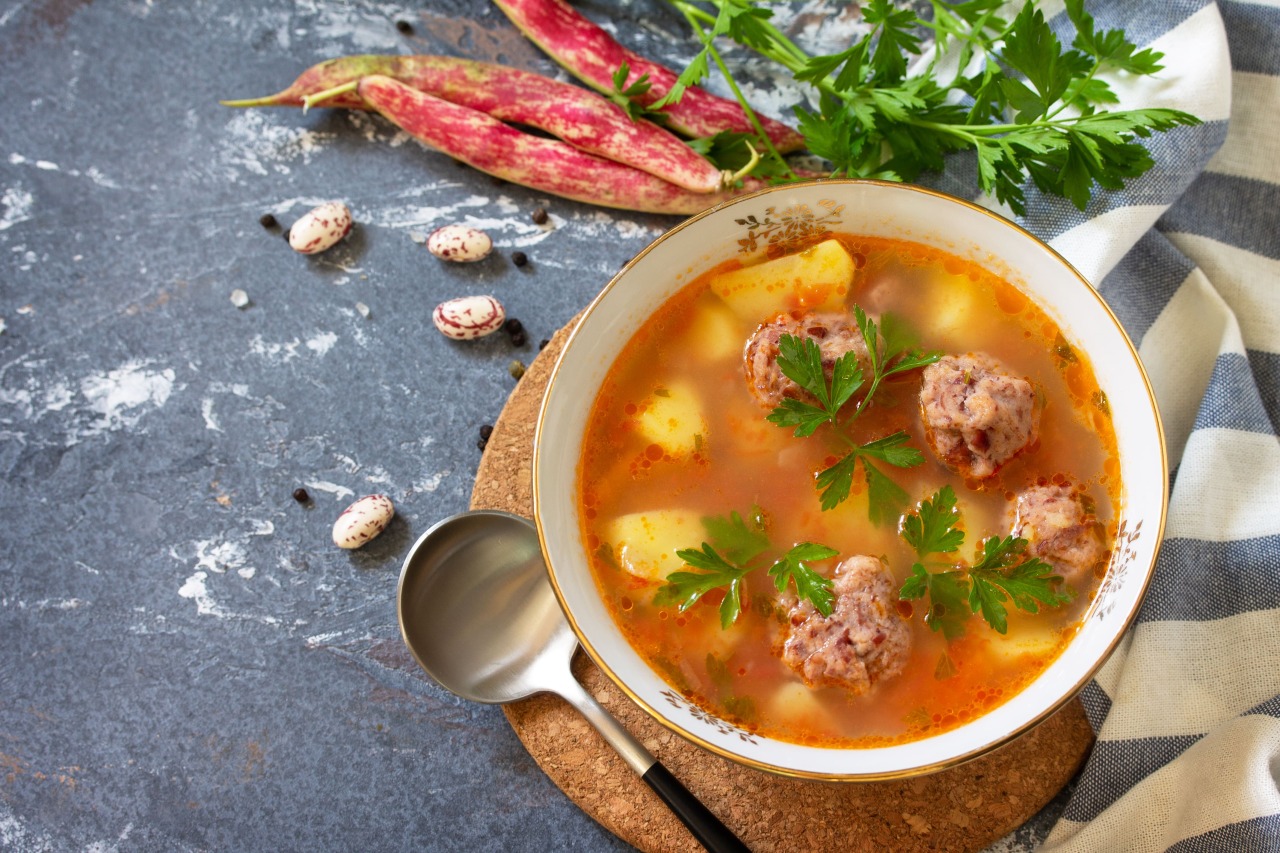
Recipe for Svečarska Supa:
Ingredients:
For the Soup:
- 1 kg mixed meats (chicken, beef, turkey, and guinea fowl)
- 1 bunch mixed vegetables (carrots, celery, leeks, parsley)
- 1 potato, peeled and diced
- 1 onion (whole, unpeeled)
- 2-3 cloves garlic, crushed
- A few whole peppercorns
- Salt, to taste
- Vegetable seasoning
For the Dumplings:
- 3 chicken livers
- 3 eggs
- 1 small bunch of fresh parsley, finely chopped
- Breadcrumbs
- Pepper, to taste
- Semolina
- Salt, to taste
- Vegetable seasoning
- A pinch of baking soda
Instructions:
1. Prepare the Broth:
- In a large pot (4-5 liters), add the mixed meats (chicken, beef, turkey, and guinea fowl). Pour in cold water to cover the meat and bring it to a boil. Once boiling, skim off any foam that rises to the surface.
- Add the cleaned mixed vegetables (carrots, celery, leek), whole peppercorns, the unpeeled onion, and a few cloves of crushed garlic.
- Lower the heat to a simmer, and cook gently for 3 to 4 hours, letting the flavors meld together. The soup should simmer softly with just a few bubbles rising to the surface.
- Once the broth is rich and flavorful, remove from the heat, discard the vegetables, and strain the broth to remove any solids.
2. Prepare the Dumplings:
- For the dumplings, combine the chicken livers, eggs, finely chopped parsley, breadcrumbs, semolina, pepper, vegetable seasoning, and baking soda in a bowl. Mix until it forms a thick paste.
- Roll the mixture into small dumpling balls, and drop them gently into the simmering broth. Cook until they float to the surface, signaling they’re ready.
3. Bring Everything Together:
- Once the broth is strained and the dumplings are cooked, add the homemade noodles or “flekice” to the soup and cook for a few more minutes until everything is well-combined and tender.
- Serve the soup hot, garnished with fresh parsley, and accompany it with rustic bread for a truly festive meal.
Perklet (Stew with Onions and Meat)
A popular dish in the Bačka region, Perklet is a rich stew made with meat (typically pork or beef) and plenty of onions. This Hungarian-influenced dish is cooked slowly over low heat, allowing the flavors to meld into a comforting, satisfying meal. Traditionally made in a kotlić (a large cauldron) over an open flame, it’s a true symbol of Vojvodina’s rural charm.
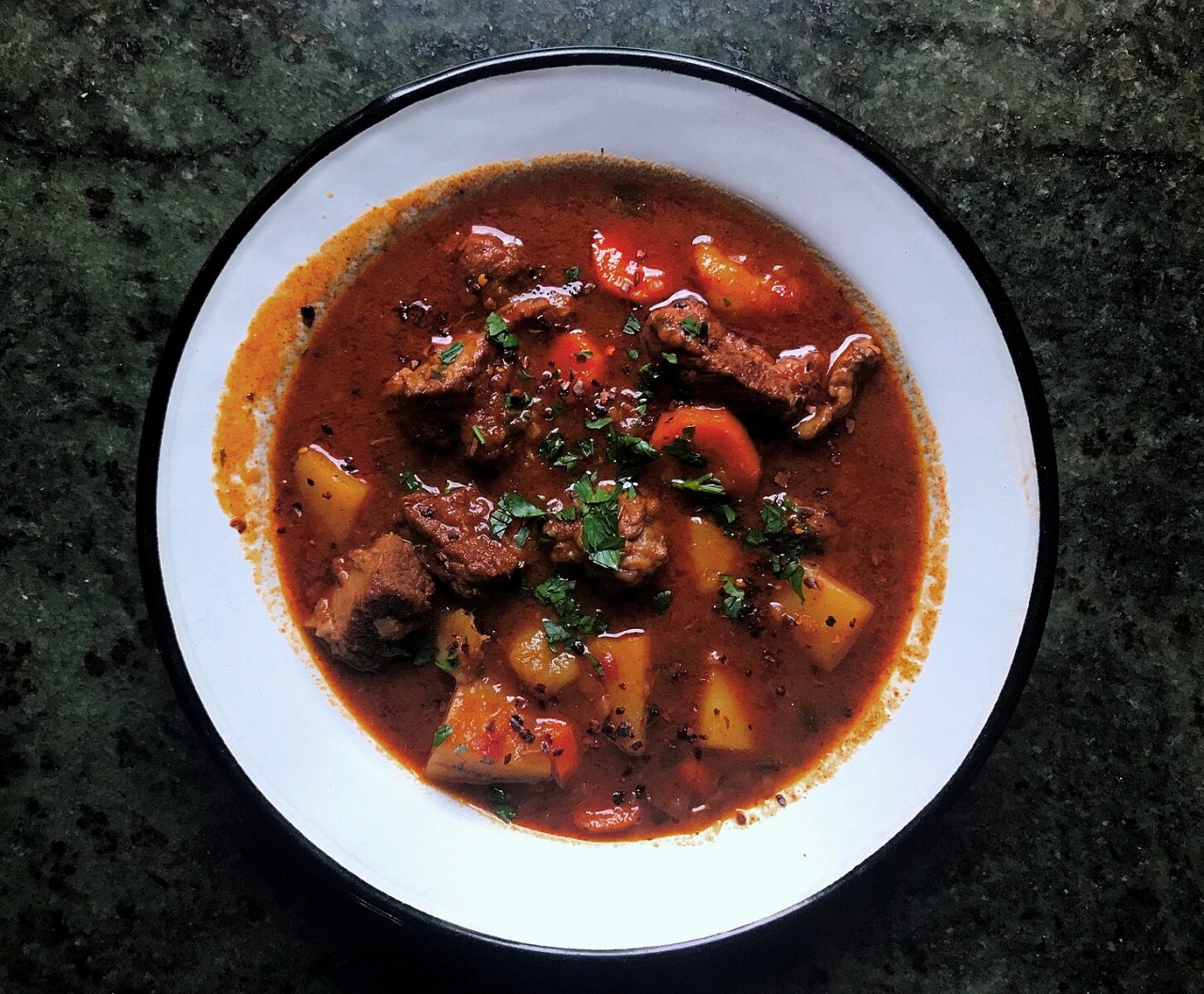
Recipe for Perklet:
Ingredients:
- 500g pork or beef, cubed
- 3 onions, thinly sliced
- 3 tbsp paprika (preferably smoked)
- 2 tbsp vegetable oil
- 1 red pepper, chopped
- Salt and pepper to taste
Instructions:
- Heat the oil in a large pot and sauté the onions until golden brown.
- Add the meat and cook until browned on all sides.
- Stir in paprika, red pepper, salt, and pepper. Add enough water to cover the ingredients and simmer for 1-2 hours until the meat is tender.
- Serve with freshly baked bread or dumplings.
Vojvođanska Šunka (Vojvodina Ham)
Ham is more than just food in Vojvodina; it’s a cultural symbol of prestige and tradition. Vojvođanska Šunka is often smoked or cured, hanging in the smokehouse and representing the region’s love for preserved meats. It’s served at festive occasions and is a true delicacy.
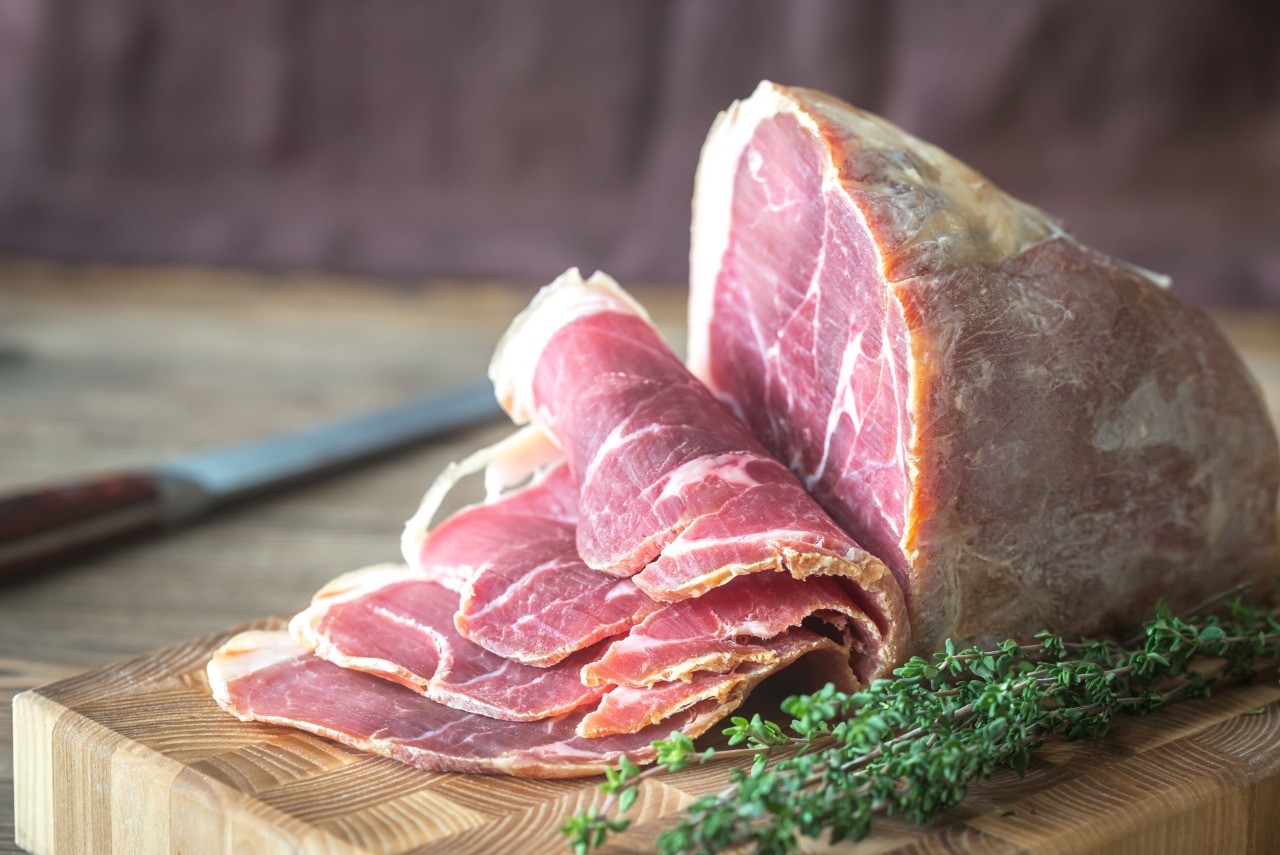
There are several varieties of ham in Vojvodina, from Vojvodina-style smoked ham to kecap, a smoked and salted pork ham. These hams are often paired with other meat products such as svinjski but (pork leg), slanina (bacon), and kobasice (sausages), creating a meat lover’s dream plate.
Sausages and Švargla: A Meat Lover’s Delight
Vojvodina is home to a rich tradition of smoked meats, especially sausages. Kobasice are a staple, prepared with a mix of pork and beef, seasoned with paprika and garlic, and then smoked to perfection. Another beloved product is Švargla, a type of head cheese made from pork offal, which is slow-cooked, then molded into a loaf shape and sliced.
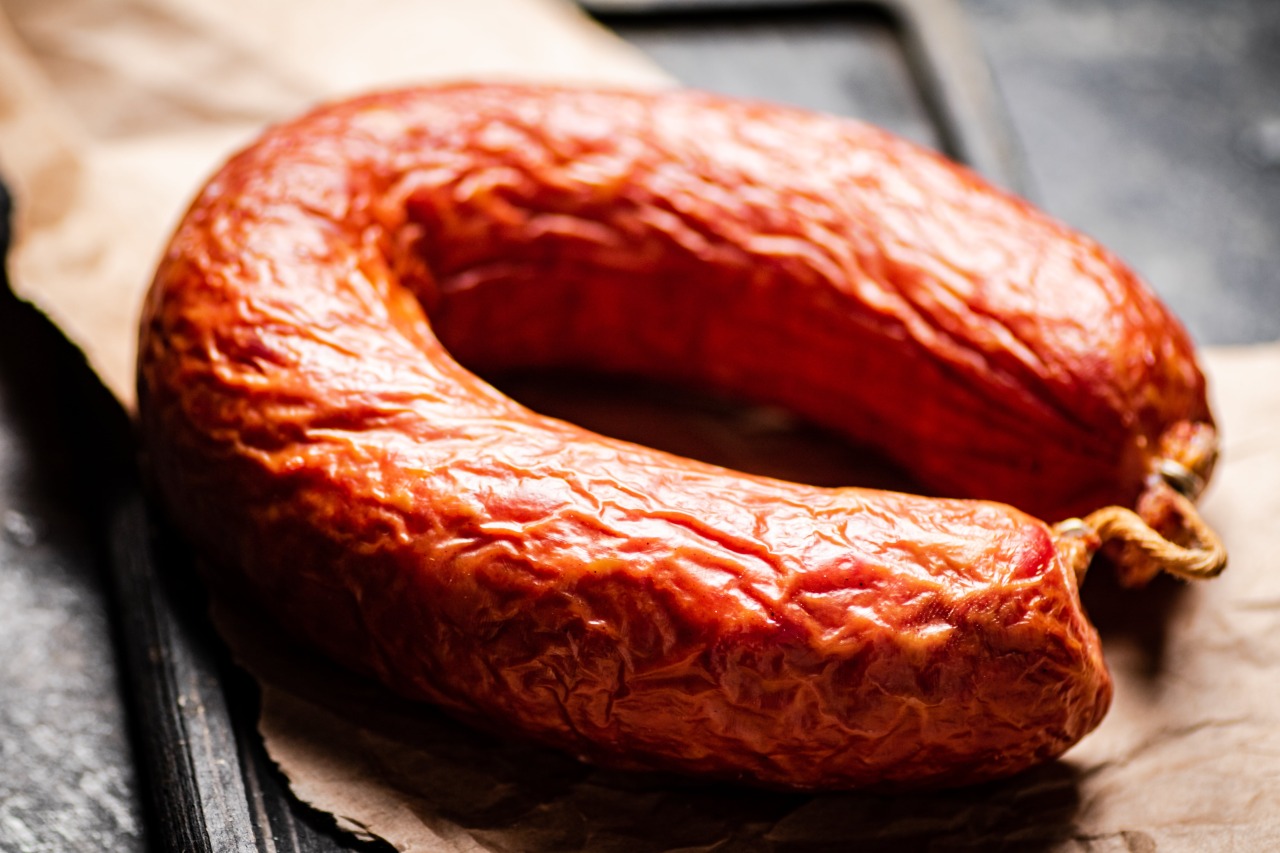
These cured meats are often served as part of a meze platter with ajvar (pepper-based relish), fresh bread, and cheese. The region’s love for preserving and curing meat is evident in its extensive variety of sausages and smoked meats, which are essential to the culinary experience.
Čušpajz (Vegetable Stew)
In the agricultural heartland of Vojvodina, Čušpajz is a traditional vegetable stew that reflects the abundance of fresh produce in the region. Made from beans, peas, carrots, cabbage, and other seasonal vegetables, Čušpajz is often flavored with paprika and served with meat or bread. It’s a comforting dish that speaks to the simplicity and heartiness of Vojvodina cuisine.
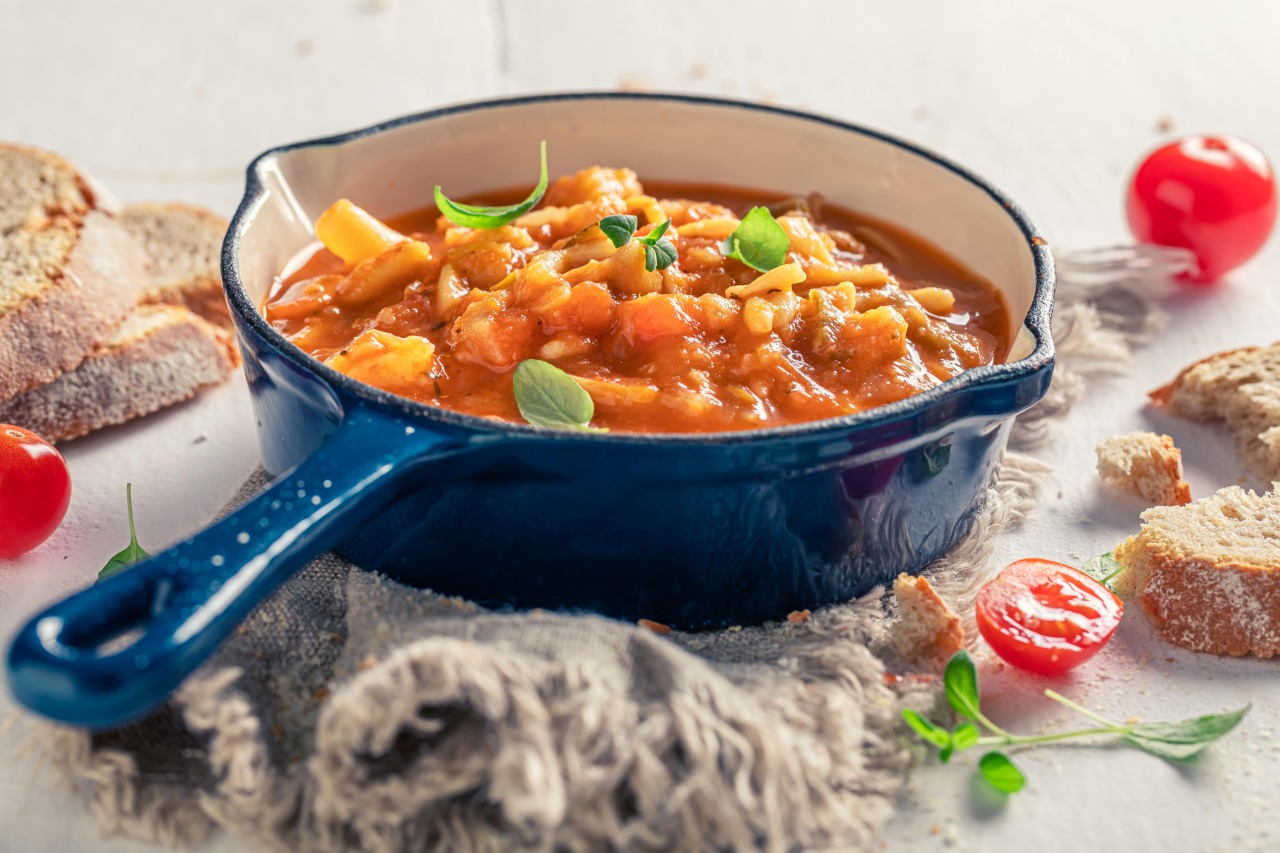
Recipe for Čušpajz:
Ingredients:
- 2 cups mixed beans (or peas, carrots, and cabbage)
- 1 onion, chopped
- 2 tbsp flour (for roux)
- 2 tbsp vegetable oil
- 1 tsp paprika
- Salt and pepper to taste
Instructions:
- Cook the beans or vegetables in a pot of water until tender.
- In a separate pan, heat the oil and sauté the onion until soft. Add flour and paprika, stirring to create a roux.
- Add the roux to the boiled vegetables and let everything simmer together for an additional 15 minutes.
- Season with salt and pepper, and serve with bread.
Gomboce (Sweet Dumplings with Jam)
For dessert, Gomboce are a Vojvodina favorite. These sweet dumplings, filled with plum jam or other fruit preserves, are a timeless treat. Passed down through generations, they are a nostalgic dessert that brings comfort and joy to any table.
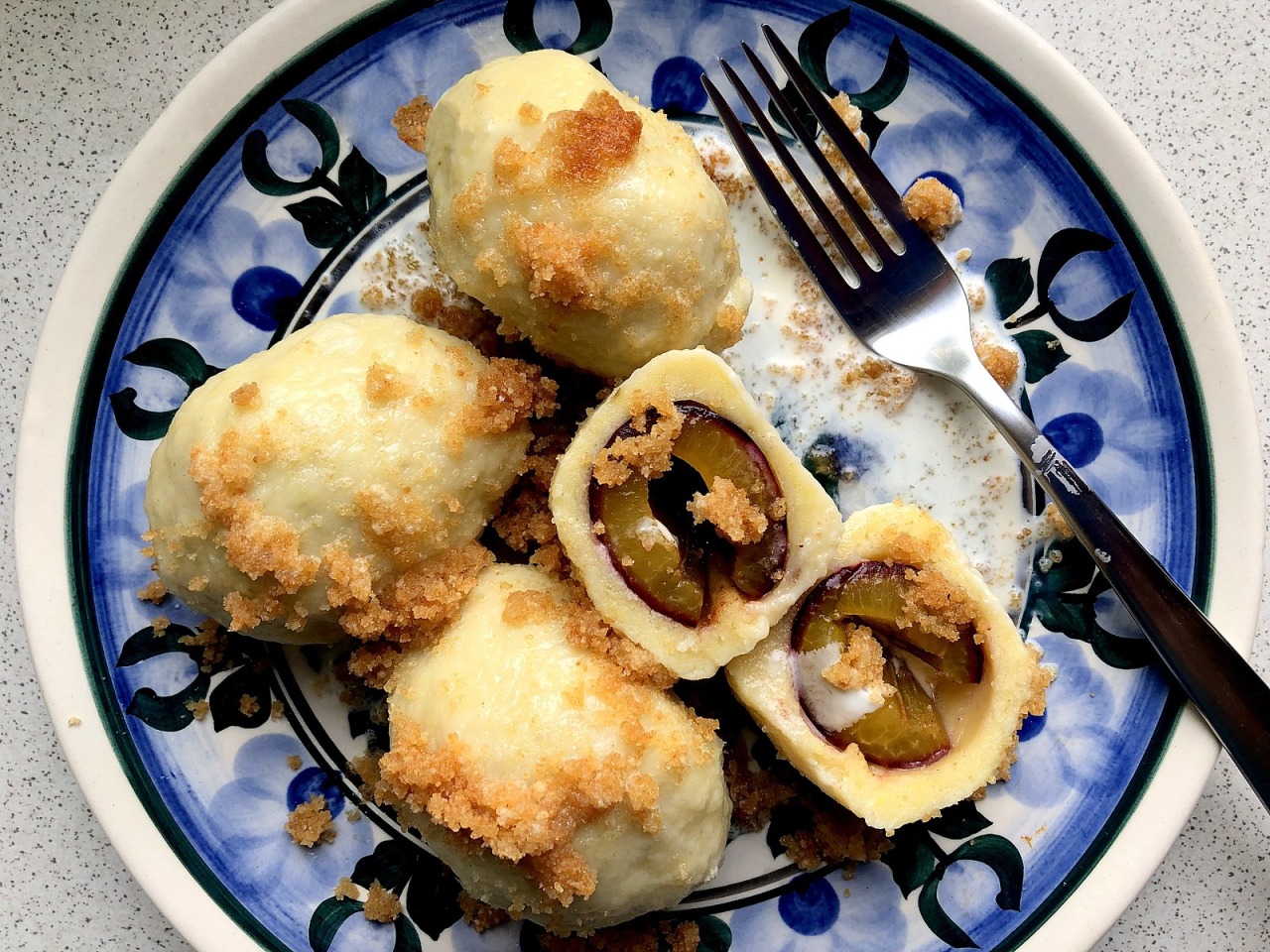
Recipe for Gomboce:
Ingredients:
- 2 cups flour
- 1 egg
- 1/2 cup water
- 1/2 cup sugar
- 1/4 cup plum jam (or any fruit preserve)
- Salt to taste
Instructions:
- Combine the flour, egg, water, and a pinch of salt to make a smooth dough. Roll out the dough into small circles.
- Place a teaspoon of plum jam in the center of each circle, fold the dough over, and seal.
- Boil the dumplings in water for about 10 minutes or until they rise to the surface.
- Toss the boiled dumplings in sugar and serve warm.
Vojvodina’s Sweet Delights
Vojvodina’s dessert repertoire is equally rich and varied. Some of the most popular sweets include:
- Štrudle (strudels): Layers of thin dough filled with sweet fruit fillings like poppy seeds, apples, cherries, or walnuts, then baked to golden perfection.
- Krofne: Light and fluffy doughnuts filled with jam or chocolate cream.
- Rezanci s Makom: A simple yet indulgent dish of homemade noodles tossed with ground poppy seeds and sugar.
- Tašci s Pekmezom: Small pockets of dough stuffed with fruit preserves, fried to a crisp and dusted with powdered sugar.
- Kuglofi: Bundt cakes filled with rich flavors, from chocolate to vanilla to fruit.
- Milhbrot: A traditional milk bread that’s sweet and slightly dense, often enjoyed with coffee.
- Koh: A milk-based dessert, simple and yet very delicious.
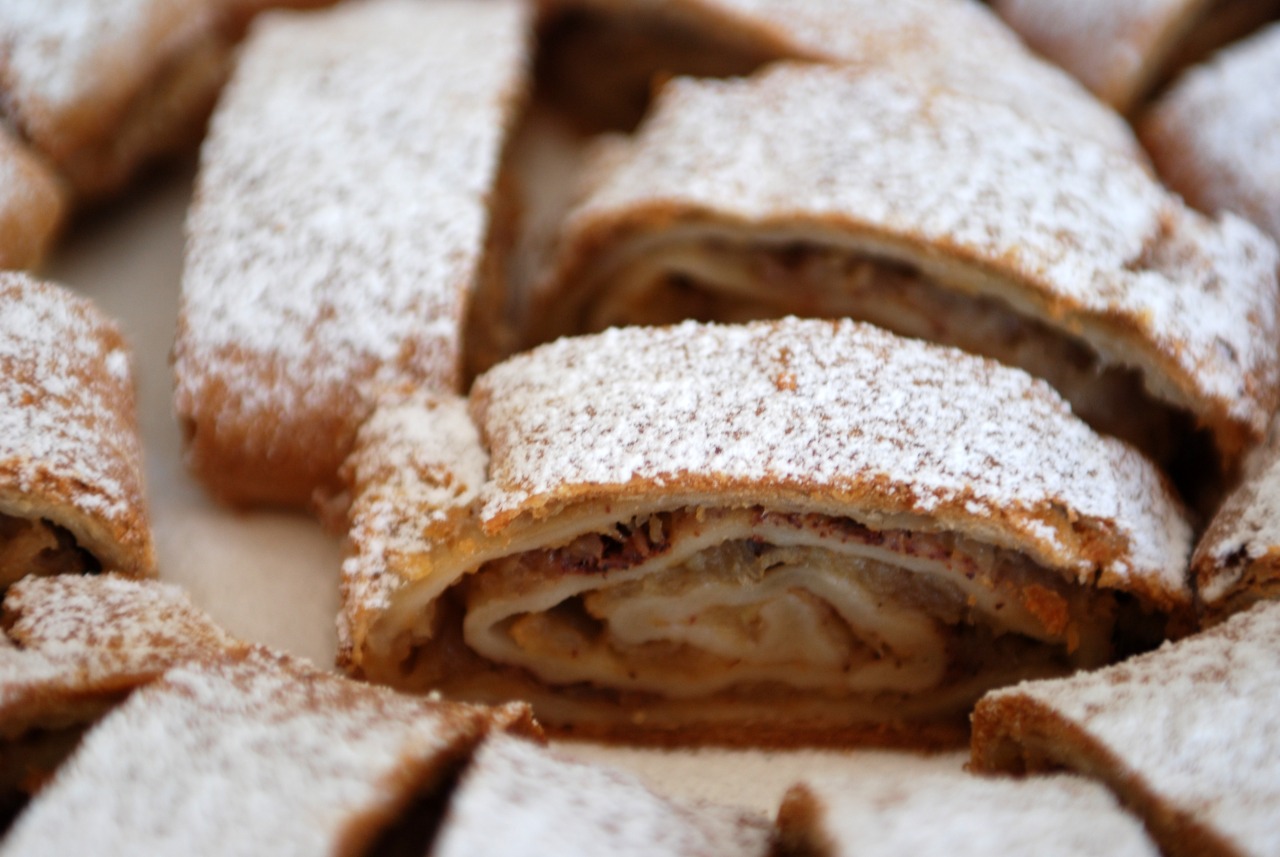
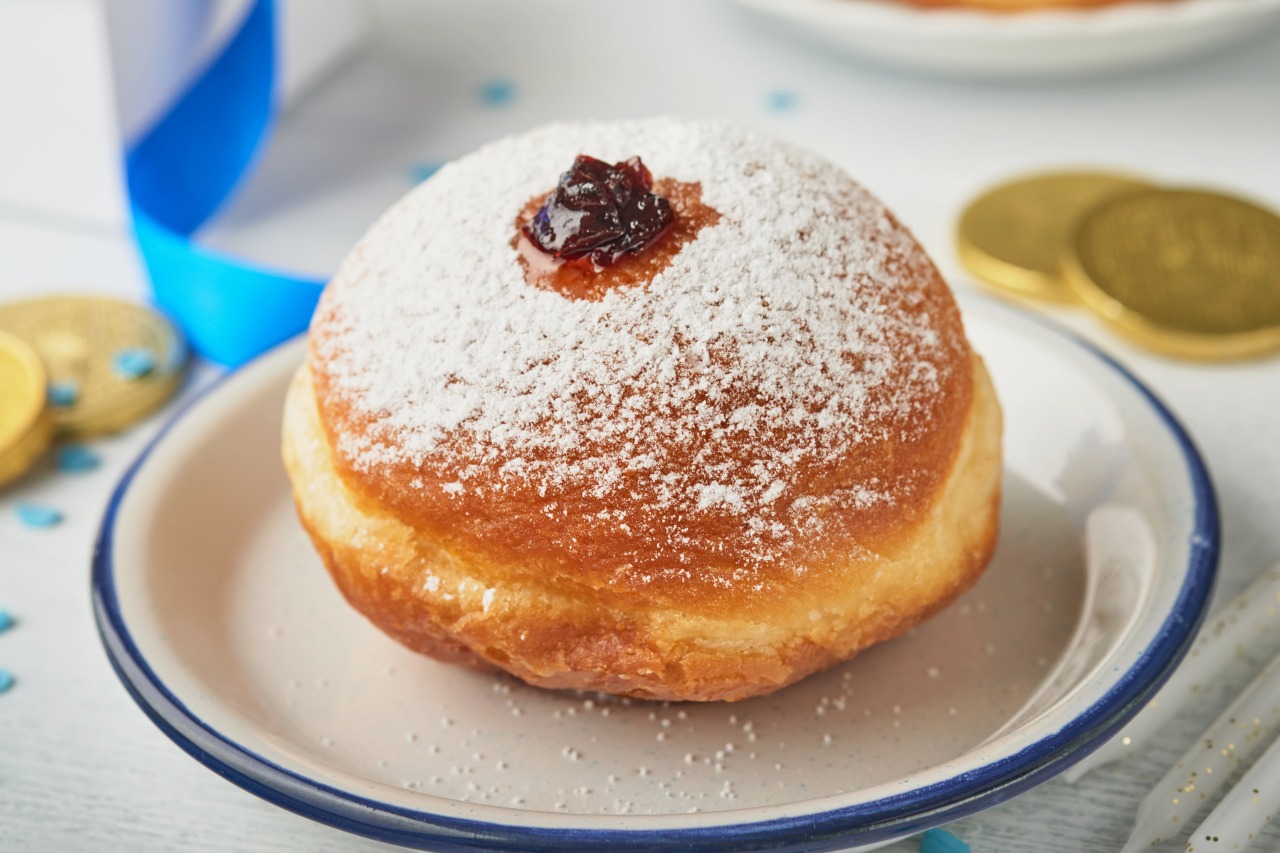
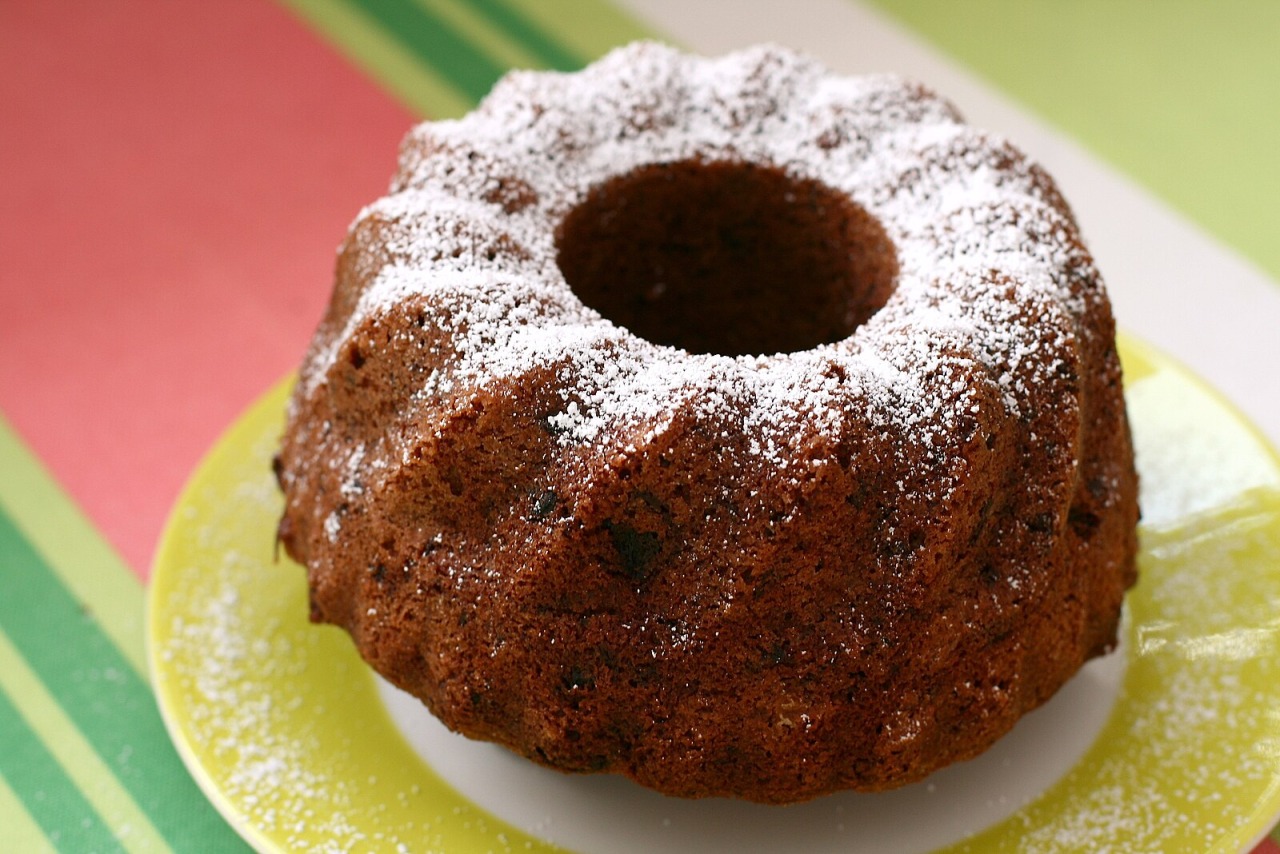
A Culinary Journey Through Vojvodina
From savory meats and flavorful stews to sweet pastries and dumplings, Vojvodina’s cuisine offers an unforgettable experience. The rich variety of hams, sausages, and cured meats, coupled with the region’s penchant for hearty, comforting dishes, makes it a paradise for food lovers.
If you’re looking to immerse yourself in the true spirit of Vojvodina’s culinary tradition, visit one of the etno-sela (ethno-villages) that preserve the region’s traditional recipes. Tiganjica in Stajićevo, near Zrenjanin, is one such place that transports visitors back in time, serving dishes made with the same techniques and ingredients that have been used for generations.
Vojvodina’s food is more than just a meal—it’s a celebration of culture, tradition, and the joy of sharing a meal with loved ones.
Related Articles


What to Do with Kids in Serbia: Family-Friendly Holiday Ideas
December 14, 2025
Winter Wine Escape: Serbia’s Most Beautiful Holiday Wineries
December 11, 2025